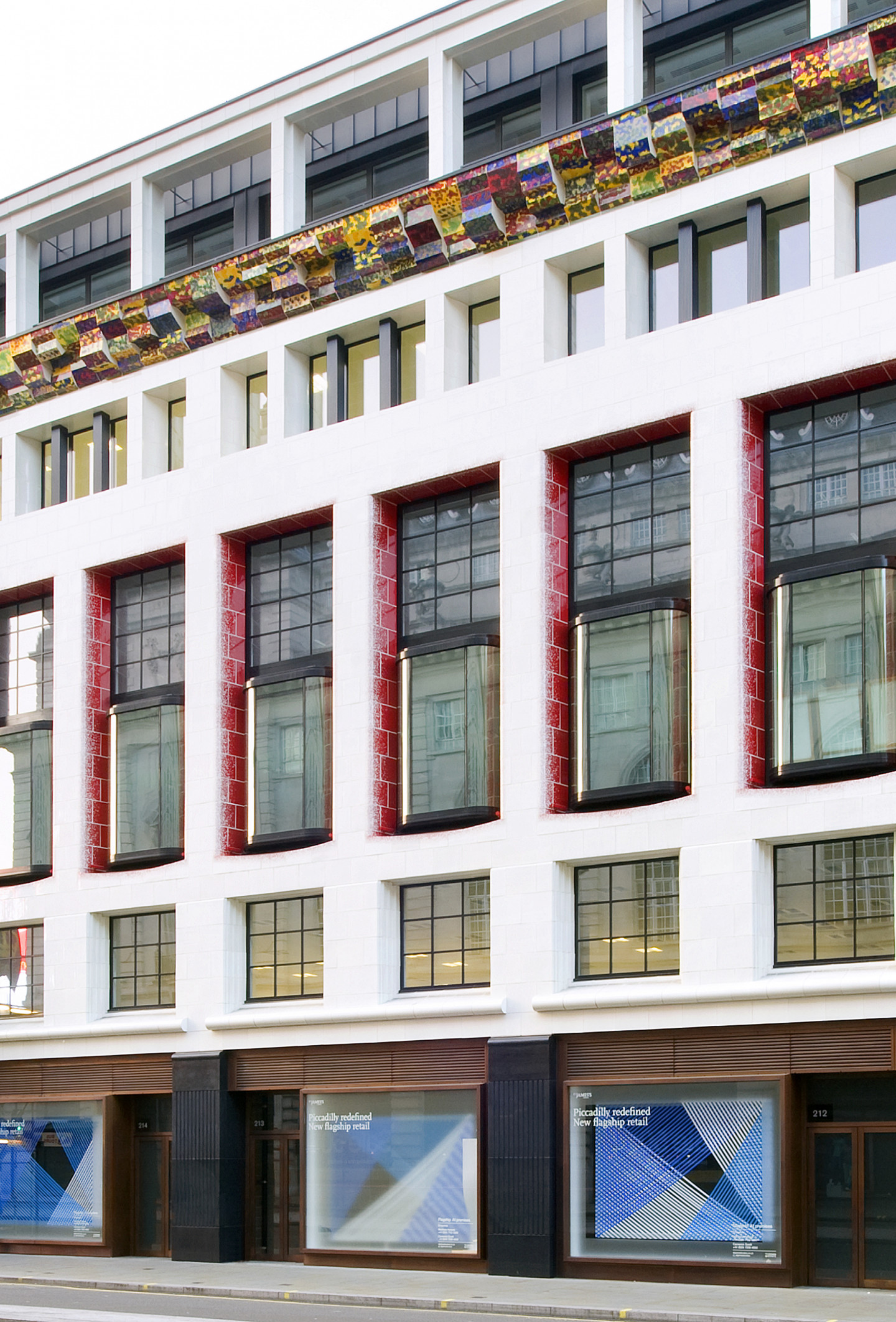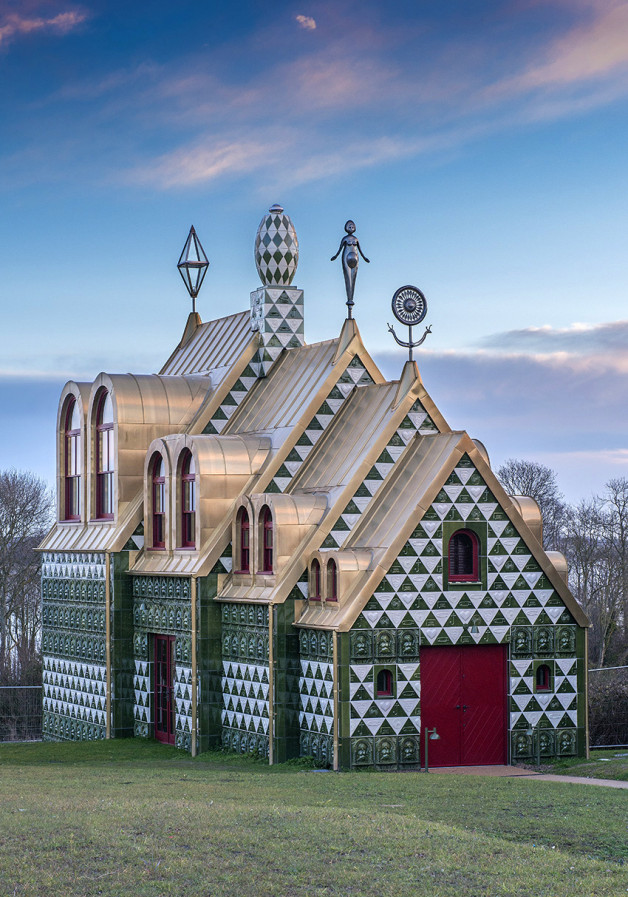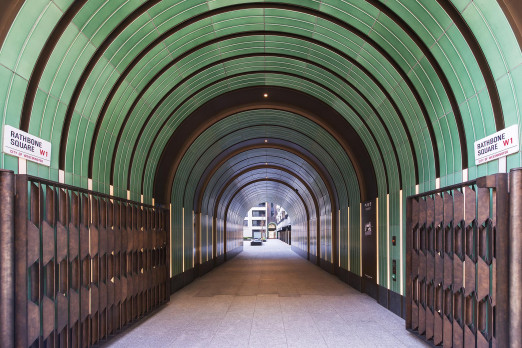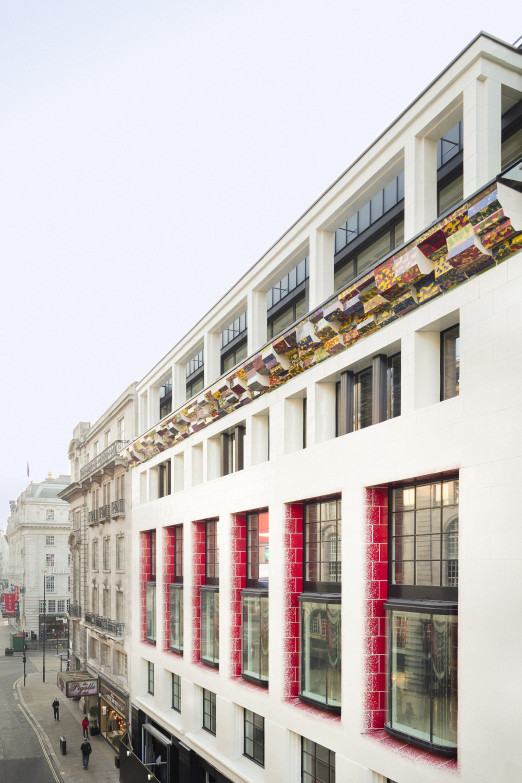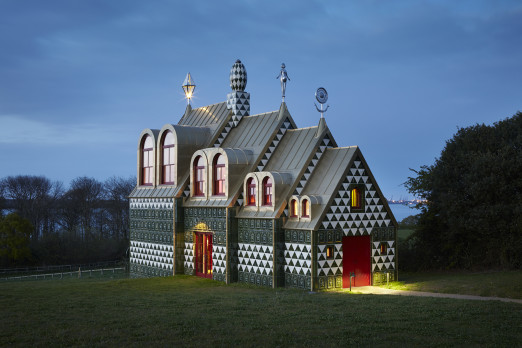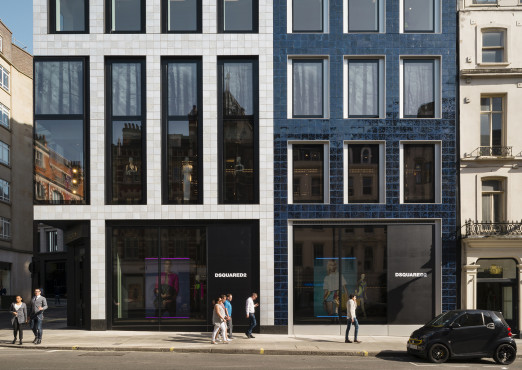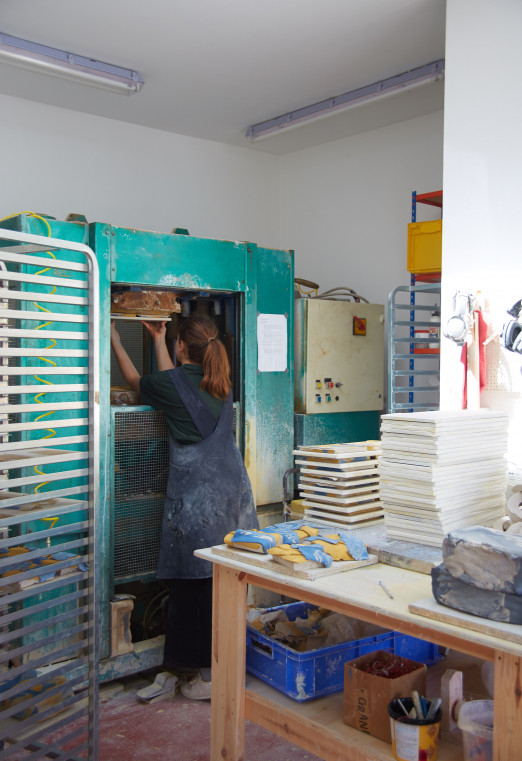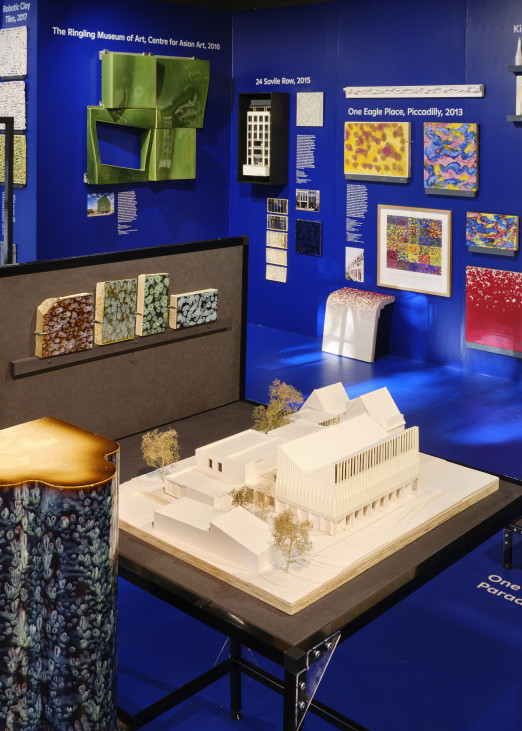The last decade has a seen a cautious re-emergence of the use in architecture of ceramics – known in the industry as ‘faience’. More recently this has gathered momentum to such an extent it could be loosely termed a movement. Credit must go to those brave architects who were the first to re-awaken interest in this inspiring material, and also to the clients whose money and vision allowed this to happen.
Like so many ‘movements’ the use of ceramics, a fundamentally artisan material, represents a rebellion against the use of glass and steel that has been (and continues to be) so prevalent. Ceramics in architecture, particularly those born of handmade processes, slip casting, hand pressing and to an extent ram pressing, are the antithesis of the shiny, machine-made, pristine skyscrapers dominating our cities. Where these are precise, engineered, uniform and largely unstimulating, ceramics lend architecture an immediate warmth. They have a ‘humanity’, certainly the hand of the artist or maker is present. They are interesting, unusual, sometimes challenging but almost always visually exciting and tactile. When was the last time one felt compelled to touch a glass building? Yet try walking past a ceramic façade without reaching out to brush it.
So what is faience or ceramics, or even terracotta and why are these materials even used in buildings? Simply put, terracotta is literally ‘earth baked’ i.e. fired clay. Its use dates back to prehistory with evidence of terracotta figurines dating to c 3000 BCE; it was also used for decorative architectural detailing and roofing tiles. Once fired, terracotta develops a ‘fire skin’ which is a protective surface layer. Faience is glazed terracotta and similarly dates to early times. The description ceramics is interchangeably used with the word faience because it is a more commonly recognized and understood term. Of real interest when considering these materials is their original use for creating decorative objects; they were and continue to be materials used by artists. The fact they have subsequently made a transition to use in architecture creates a tangible link between art and architecture and it is this relationship that is fascinating.
This is particularly so on projects where ceramic artists are involved with the architects in design development; the Grayson Perry and FAT Architecture’s A House for Essex is one of the most original buildings of this century. This type of collaboration can often result in pushing the boundaries with glazes, the development of exciting new finishes and colours and increasingly profiled or tactile shapes and surfaces. One of the most alluring aspects of working with ceramics in architecture is the almost limitless potential for colour that the material affords. Glazes must be tested to ensure that they are robust enough to withstand changes of temperature and frost for use in externals. But still, the versatility of the material and the potential for artistic expression it affords on a large-scale is extraordinary, and one that is still being tested in the marketplace.
[img]
The transition from making ceramic objects to using ceramics in architecture is, obviously, not entirely straightforward. Setting the technical aspects of the material itself to the side for a moment, one of the greatest stumbling blocks is cost. Hand produced architectural ceramics are a high-end building material in comparison to others, no great surprise since it is hand made. And this should be emphasised because hand produced ceramics are literally produced by hand at every step of the way – from creating the model to the mould, to the unit to finishing and smoothing, to glazing and on it goes. At every step, every piece of ceramic that will form the building’s envelope is touched by the hands of its creators and this is genuinely an extraordinary thing when considered on the scale of a building project. Leatherseller’s Hall for example in the City and designed by Eric Parry Architects, comprised around 14,000 units.
In addition to the material itself, installation of ceramics can also be complicated and requires specialist, experienced installers. The point being, the cost is justified. They are in essence artist-made ceramics just on a grand scale. On the flip side, those clients that are willing to support such buildings can do so in the knowledge that they are responsible for creating true legacy buildings, works of art on a super scale.
From a technical perspective, ceramics can present challenges when working with them in large scale. For construction purposes + or – 1 per cent tolerance on the material is allowed for. This represents the degree (or not) of warping that can occur when the clay is fired. This again is part of the natural, handmade aspect of the material, it is not always perfect, but for many its beauty lies in its imperfections. Those that want rigid conformity should stick to coloured plastics and aluminium. The glaze, which again is applied by hand, will have variations that only become apparent after the pieces have been fired. These variations can be the result of a number of factors from the application of the glaze, to where in the kiln pieces sit when fired and the chemical reactions that occur that can differ from piece to piece. Another area that can potentially throw curve balls is the transference of an artist’s glaze, which is generally developed in small electric kilns, to a manufacturers glaze, which is fired in industrial gas fed kilns. The firing process can greatly affect the glaze.
The use of faience in architecture is not for everyone. But it is for those with vision, who reject building something as quickly and cheaply as possible, and who want to actually create something special; something that contributes to public space. This material affords a freedom of expression unlike others and in some cases it can be used to challenge conventions, which is surely a good thing; Eric Parry Architects ground breaking building on Piccadilly being a perfect example. It is a brilliantly clever design that turns convention upside down, credit must also go to the client, Crown Estate and to Westminster City Council for making this building happen. Ceramics in architecture are rarely dull. They put a little of the human touch back into buildings and remind us that art, craft, colour and texture bring architecture to life.
Tamsin Pickeral is Operations Director at Szerelmey with a specialism in Terracota and Faience.
